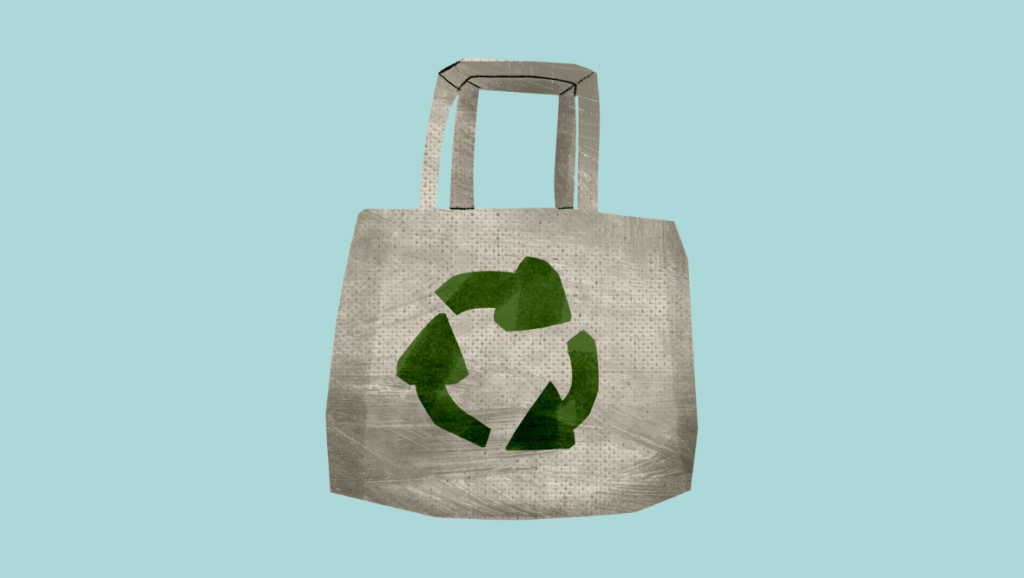Circular Business Model Explained

Explore the Circular Business Model: A sustainable approach that transforms waste into value, reimagining traditional business practices for a better world.
Our current economic system is linear. We extract resources, make products, and then dispose of them when we’re done with them. This system is unsustainable and is causing a number of environmental problems, including climate change, pollution, and resource depletion.
Circular business models offer a more sustainable alternative to the linear economy. Circular business models focus on keeping materials in use for as long as possible and minimizing waste. This can be done through a variety of strategies, such as using renewable and reusable inputs, sharing and rental platforms, product life extension, standardization, and resource recovery.
Circular business models have a number of benefits for businesses and society as a whole. For businesses, circular business models can help to reduce costs, improve innovation, and increase customer loyalty. For society, circular business models can help to create jobs, reduce pollution, and conserve resources.
This article will explain the different types of circular business models and their benefits. It will also discuss the challenges of transitioning to a circular business model and provide tips for businesses that are interested in transitioning to such models.
Renewable and Reusable Inputs
Also known as circular supplies, this business model ensures that all material inputs across the supply chain are either renewable or can be infinitely reused. Inputs include all materials and resources connected to the sourcing, production, and distribution processes, including energy, water, fuel, and raw materials.
This model is based on the principle of closed-loop manufacturing, where materials are kept in use for as long as possible and waste is minimized. This can be achieved through a variety of strategies, such as:
- Using renewable resources, such as solar and wind power, to generate energy for the production process.
- Using recycled or reclaimed materials in the production of new products.
- Designing products that are durable and easy to repair, so that they can be used for longer periods of time.
- Implementing product take-back programs so that used products can be collected, recycled, or refurbished.
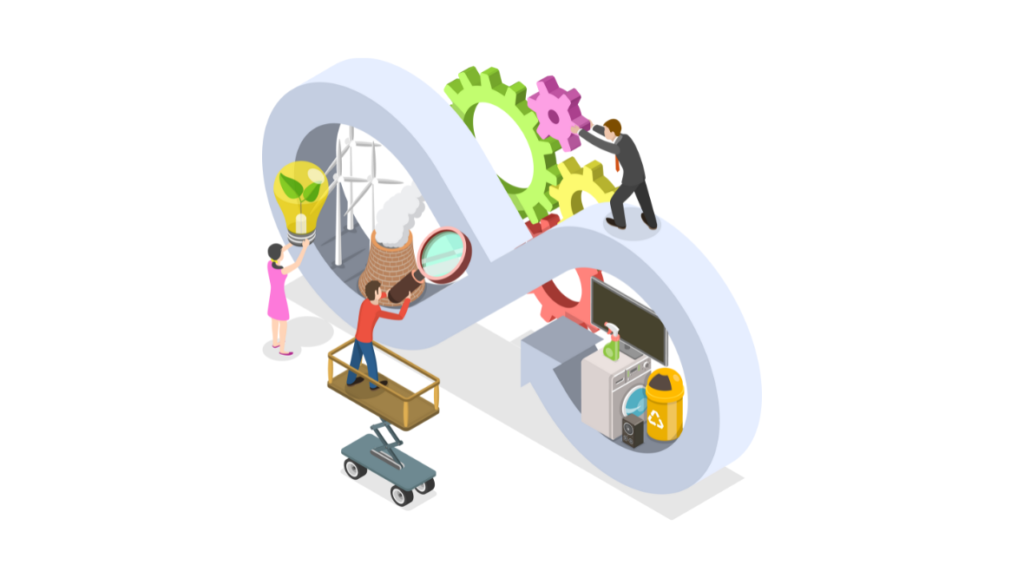
One example of a company that is using the renewable and reusable inputs model is Patagonia. In 1996, Patagonia switched to using 100% organic cotton in its products. The company also sources other materials, such as recycled polyester and recycled nylon, from sustainable suppliers. Additionally, Patagonia’s US operations are fully reliant on solar energy.
Another example of a company using the renewable and reusable inputs model is Interface, a leading manufacturer of commercial carpets. Interface has set a goal of becoming a “zero waste” company by 2030. To achieve this goal, the company uses recycled materials in its carpets, designs products that are easy to recycle, and implements product take-back programs.
The renewable and reusable inputs model has a number of benefits for businesses, including:
- Reduced costs: Businesses can save money on raw materials and energy by using renewable and reusable inputs.
- Increased innovation: Businesses that are using renewable and reusable inputs are often more innovative, as they are constantly looking for new ways to reduce their environmental impact.
- Improved customer loyalty: Customers are increasingly interested in supporting businesses that are committed to sustainability.
The renewable and reusable inputs model is an important part of the transition to a circular economy. By using renewable and reusable inputs, businesses can help to reduce pollution, conserve resources, and create a more sustainable future.
Sharing and Rental Platforms
Sharing and rental platforms allow consumers to access products and services without having to own them. This can be a more sustainable and affordable option than buying products outright, especially for products that have a low use rate.
Sharing and rental platforms can help businesses to reduce waste, and emissions while increasing resource efficiency. For example, manufacturers of products that are typically rented out, such as cars and tools, have a vested interest in designing and producing durable products that can be reused many times.

BlaBlaCar is a good example of a sharing and rental platform that is having a positive impact on the environment and society. BlaBlaCar is a carpooling platform that connects drivers with passengers who are traveling the same route. This helps to reduce the number of cars on the road and save fuel and emissions. A study conducted over 12 months showed that ‘1.6 million tonnes of CO2 were saved by BlaBlaCar carpoolers in 2018′. The study also showed some interesting findings on better resource utility (twice the number of passengers transported with only a 1.6% increase in the number of cars).
Sharing and rental platforms offer a number of benefits for businesses, consumers, and the environment, and are an important part of the transition to a more circular economy.
Product Life Extension
One of the key principles of the circular economy is the life extension of products. The longer a product stays in use, the more value and utility are extracted from it, and in turn, the material inputs that go into its manufacturing are conserved.
There are a number of ways to extend the life of products, including:
- Designing products for durability and repairability. Manufacturers can design products that are made from high-quality materials and that are easy to repair. This will help products to last longer and reduce the need for replacement.
- Providing maintenance and repair services. Businesses can provide maintenance and repair services to help customers keep their products in good condition. This can include offering extended warranties, providing spare parts, and offering repair services.
- Implementing product take-back programs. Businesses can implement product take-back programs to collect used products from customers. These products can then be refurbished or recycled.
An example of a company that is successfully extending the life of its products is Caterpillar. Caterpillar’s Cat Reman® programs return products at the end of their serviceable lives to the same-as-new condition. This helps to reduce owning and operating costs for customers, as Caterpillar can provide the product at a much lower cost than a new product. According to Caterpillar, through the remanufacturing process, the company reduces waste, lowers greenhouse gas production, and minimizes the need for raw materials.
Product life extension has a number of benefits for businesses, consumers, and the environment. For businesses, product life extension can help to reduce costs, improve customer satisfaction, and enhance brand reputation. For consumers, product life extension can save money and reduce the environmental impact of their consumption. For the environment, product life extension can help to reduce waste and emissions, conserve resources, and therefore mitigate climate change.
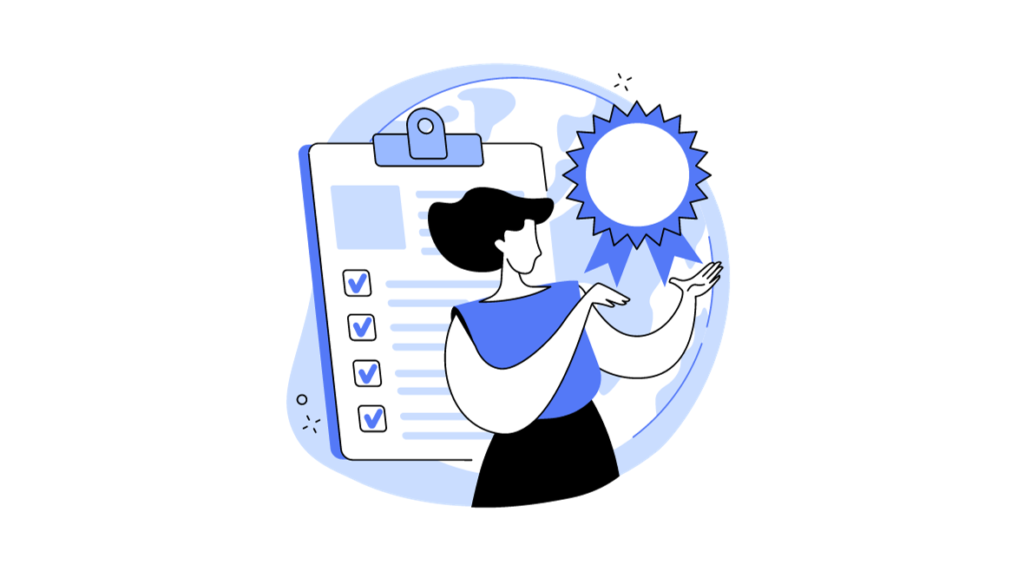
Standardization
In a linear “take, make, waste” approach, products are made to be disposed of at the end of their life cycle. The model relies on the fact that a defective or outdated product is thrown away to be replaced by a new one. It is difficult to keep these products in working order, even for third-party repair services, due to the lack of standardization and the very particular spare parts demand of each product.
The solution to this is making products that are easy and relatively inexpensive to repair, refurbish, and/or upgrade. One way to achieve this is through standardization. Standardization involves establishing common specifications for products and components. This makes it easier for businesses to produce and repair products, and for consumers to find compatible parts.
A recent example of this is the European Union’s legislation to standardize all mobile phone chargers to USB-C. This legislation is designed to reduce electronic waste and make it easier for consumers to reuse and repair their mobile phones.
Standardization has a number of benefits for businesses, consumers, and the environment. For businesses, standardization can help to reduce costs, improve quality, and increase innovation. For consumers, standardization can make it easier to find compatible products and parts, and can also lead to lower prices. For the environment, standardization can help to reduce waste and conserve resources.
Here are some additional benefits of standardization in the context of the circular economy:
- Easier product repair and refurbishment: Standardization makes it easier for businesses to repair and refurbish products, as they can use standard parts and components. This can help to extend the life of products and reduce waste.
- Increased product modularity: Standardization can also lead to increased product modularity. This means that products can be designed and manufactured in a way that makes it easy to replace or upgrade individual components. This can also help to extend the life of products and reduce waste.
- Reduced need for raw materials: By reducing waste and extending the life of products, standardization can help to reduce the need for raw materials. This can help to conserve resources and reduce the environmental impact of manufacturing.
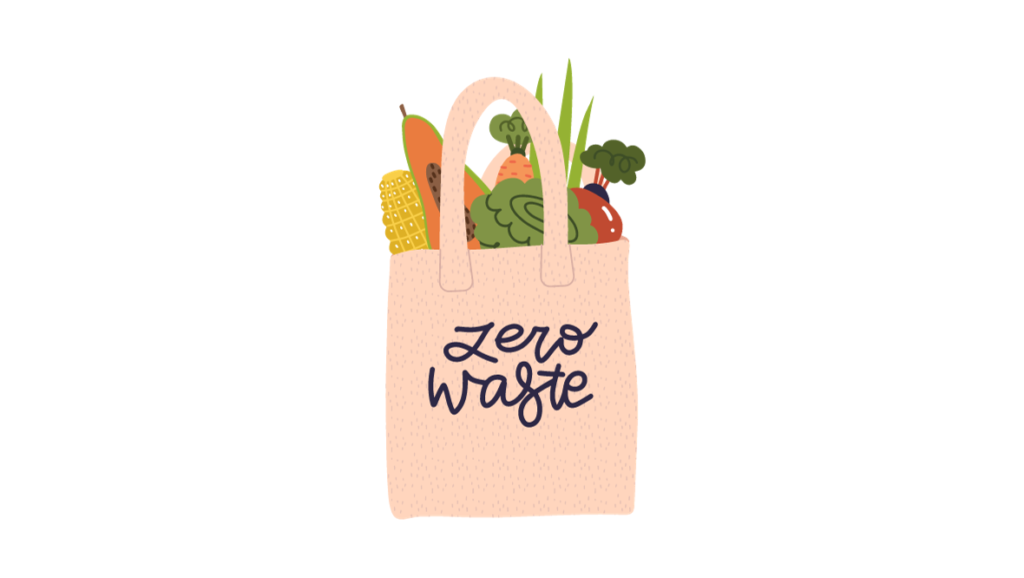
Resource Recovery
An important aspect of implementing circularity is the relooping of materials at the end of the product’s life cycle using recycling, upcycling, and downcycling frameworks. What to do with the materials extracted is decided keeping in mind that priority is given to maintaining the value of the material as much and as long as possible.
Recycling is the process of converting waste materials into new materials and objects. It is the most common form of resource recovery and is used to recycle a wide range of materials, including paper, plastic, metal, and glass.
Upcycling is the process of converting waste materials into new materials or objects of higher value than the original material. For example, upcycling old tires into playground equipment or converting used plastic bottles into new clothing.
Downcycling is the process of converting waste materials into new materials or objects of lower value than the original material. For example, downcycling used paper into cardboard or converting used plastic bottles into carpet fibers.
A real-world example is Renault and how they recycle copper: ‘The wire bought back from the dismantlers of end-to-life vehicles by Gaïa is processed to recover the copper. It is then re-sold either to the Fonderie de Bretagne (Groupe Renault) for the production of pearlitic cast iron or to auto suppliers for aluminum processing.’
Resource recovery is an important strategy for transitioning to a more circular economy. By recovering and reusing materials, businesses, consumers, and the environment can all benefit.
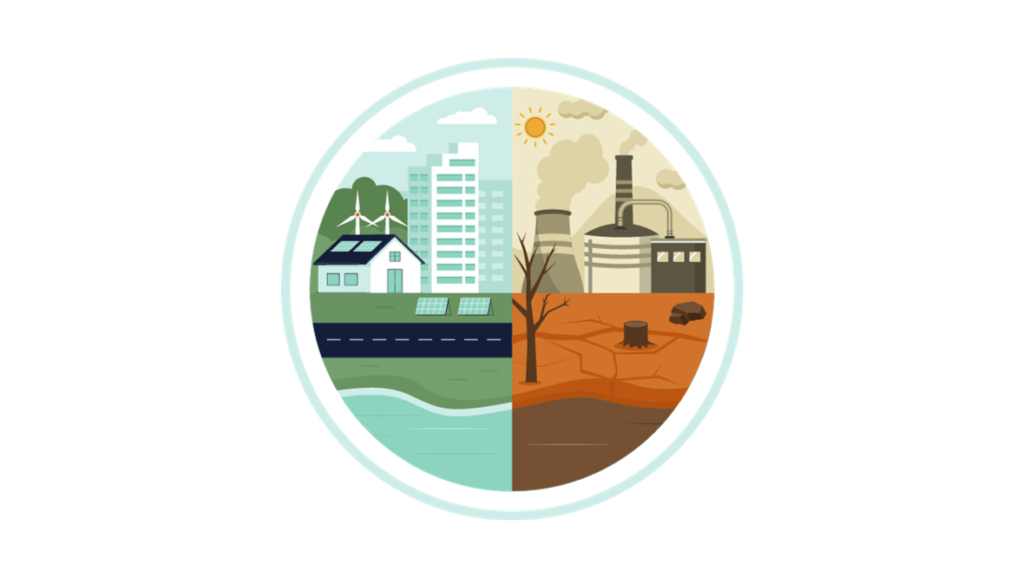
Transitioning to the Circular Business Model
Currently, we are far behind where we should be in terms of circular practices. However, change is only imminent. Within the European Union, legislation is already picking up following the announcement of the Green Deal which aims to make the EU more resource-efficient and decouple economic growth from resource use.
Additionally, industry leaders across the board are leading the way by transforming and innovating processes to become more circular. Caterpillar, Scania, Philips, Patagonia, Nespresso, Toyota, Unilever, Heidelberg Cement, Cisco, Dell, and many others are leading the way to adopt circular models of production. Brands are setting targets and deadlines to achieve net neutrality and zero waste and actively building strategies to achieve those targets.
It is understandable that for individual businesses, the transition can mean significant changes and costs, sometimes involving the complete overhaul of their supply chains, product redesign, and revaluation of their resource consumption. But on the flip side, it also means innovation. It means a re-evaluation of value as it is being redefined by consumers at large, it means using technological advances to help extract that value, and most importantly being a part of the much-needed transformation from linear to circular, which as all signs point, is the only sustainable way ahead.

